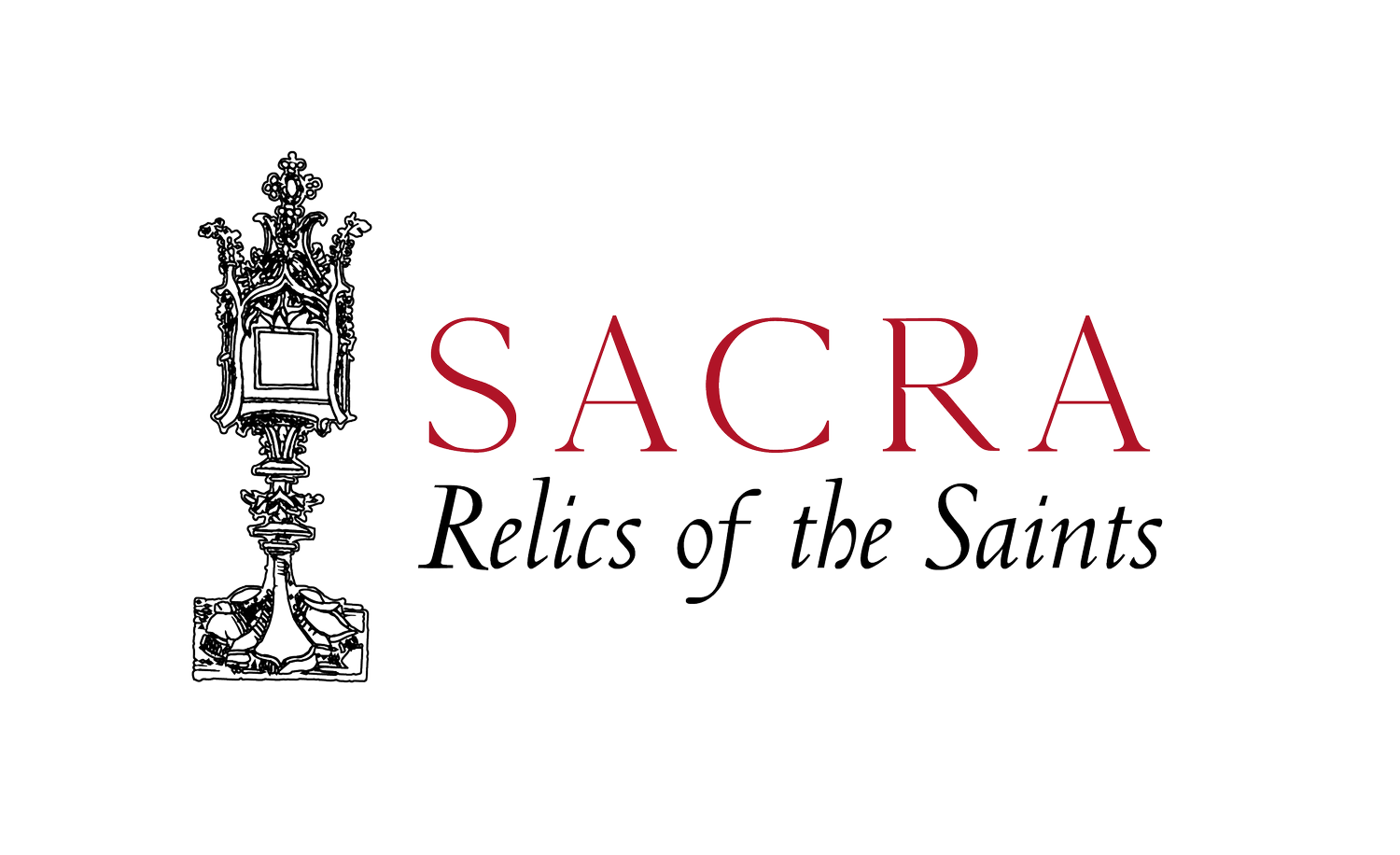Bow low, give honour
Saint Reliques, Théodore Jacques Rall (1852-1909)
How can we honour the Saints without taking away from God? What does it mean ‘to venerate’?
That’s a word we throw around but do not often explain. To ‘venerate’ (Latin: venerari, to revere) something is to hold it in esteem and to change our behaviour around it, to be ever conscious of its presence.
Not all honour we show is equal to or confuses the right worship of God. We can glean many insights from the order of nature to better understand what happens in the supernatural. We stand when a lady enters the room, we remove our hat when an ambulance or a funeral procession passes, we use titles of respect for our leaders and stand when singing the national anthem. It is no wonder that even in families we have ways of showing our obedience and our affection, since these two ideas are impossible to separate with our kin. We do not, for example, worry that we are taking away from God by using traditional forms of respect for members of our family, or for taking part in some patriotic act. The reason for this is that we are showing different kinds of honour, different modes of respect.
A veteran laying a wreath in remembrance of fallen soldiers.
Now the saints are our family. If we are united to the mystical body of Christ, the Church, then we count Christ as our Head, and we are his members. We honour Mary, the mother of Jesus and the Mother of Christians. The special kind of reverence we show to Christ’s mother is called hyperdulia, and the (lesser) honour we pay the Saints in heaven is called dulia. Supreme worship which is due to God alone is called latria. This distinction, which arose as early as the time of St Augustine (354-430), and is developed further by St Thomas Aquinas, is helpful to keep in mind. The Church teaches us about these different forms of showing honour, just as we have different ways of showing respect in our daily lives.
The Angelus, Jean-François Millet
How do we venerate a relic then? As with much of modern catechesis, there is much explanation of theory, and little physical praxis. Our modern attitude toward worship carries some of the intellectual pride of the Enlightenment; religion is more a thing to think than a thing to do. We would, I think, learn much from simply watching how our ancestors in the faith acted in church. How did they move, what postures did they assume? Relics are physical things, so is our veneration of them.
The relics of St Jean de Brébeuf and his companions, early American martyrs. Photo property of Regis Jesuit High School.
To venerate a relic one can bow, cross oneself, or kiss the relic or its reliquary. Western Catholics, it seems, have trouble bowing, we tend to think that the genuflection is a kind of one-size-fits-all gesture, but its purpose is really more for the Blessed Sacrament, a sign of the latria we mentioned. Our reticence might steam, too, from some notion that a bow is ‘Eastern,’ and (perhaps vaguely in our minds), therefore Islamic, and not Christian. Even the kind of full prostration (which is, of course several steps further than making a bow) which we Westerners associate with Islam is still at home in the worship of the Christian East where it has only ever meant humble adoration and right worship.
An Eastern Christian adoring the Life-Giving Cross of Christ.
Bowing is especially hard, I suspect, for Americans, since they do not have any other reason, cultural or otherwise to bow—they just aren’t used to it. In the West, we do not normally prostrate in front of relics, but see our article on how to reverence a relic of the True Cross (-LINK-)). You might give bowing a go, no one is going to call you out for being a neophyte bower, and they might follow suit.
Benedictine monks bowing during prayer.
We kneel when a priest blesses us with a relic, since we always kneel when priests, who are Christ’s anointed, bless us. When relics are exposed for veneration in the liturgy, they are flanked by lit candles.
A reliquary housing the Crown of Thorns, Notre-Dame de Paris.







